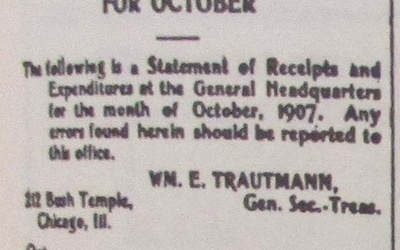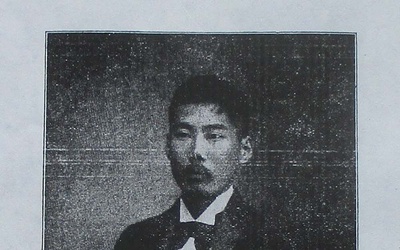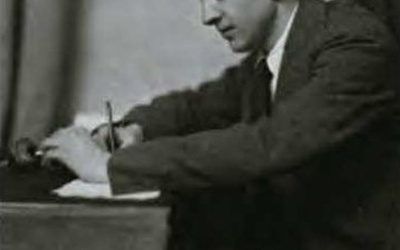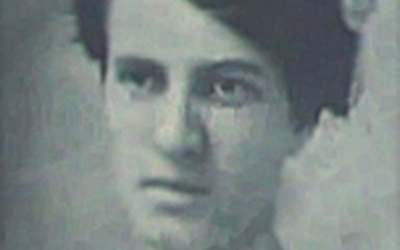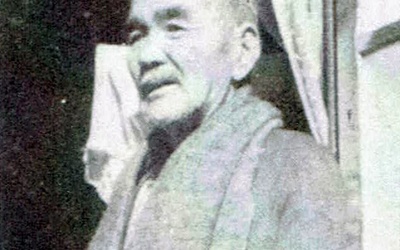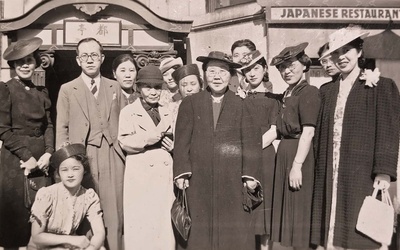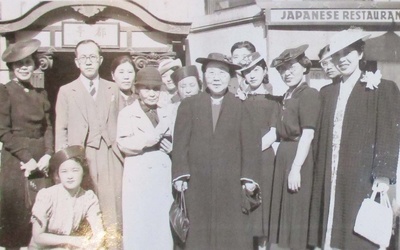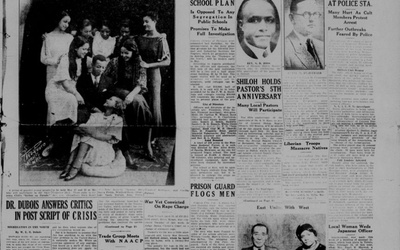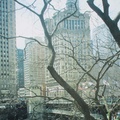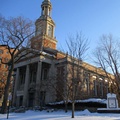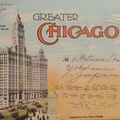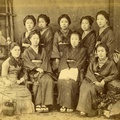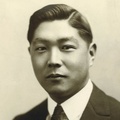
Takako Day
@takako70Takako Day, originally from Kobe, Japan, is an award-winning freelance writer and independent researcher who has published seven books and hundreds of articles in the Japanese and English languages. Her latest book, SHOW ME THE WAY TO GO HOME: The Moral Dilemma of Kibei No No Boys in World War Two Incarceration Camps is her first book in English.
Relocating from Japan to Berkeley in 1986 and working as a reporter at the Nichibei Times in San Francisco first opened Day’s eyes to social and cultural issues in multicultural America. Since then, she has written from the perspective of a cultural minority for more than 30 years on such subjects as Japanese and Asian American issues in San Francisco, Native American issues in South Dakota (where she lived for seven years) and most recently (since 1999), the history of little known Japanese Americans in pre-war Chicago. Her piece on Michitaro Ongawa is born of her love of Chicago.
Updated December 2016
Stories from This Author
Takeshi Takahashi’s Chicago - Part 2
Oct. 2, 2020 • Takako Day
Read Part 1 >> 3. Takahashi’s Life in Chicago Even before he embarked for the U.S., Takeshi Takahashi had declared himself an anarchist and his comrades called him a “disciple of Kotoku.”1 It was known by his comrades in Japan that Takahashi was working hard to establish a branch of the Socialist Revolutionary Party in Chicago.2 Takahashi was a delicate, gentle, well-rounded, shy, and good-looking man, who showed no signs of the violent, stereotypical image of anarchists. It was reported that …
Takeshi Takahashi’s Chicago - Part 1
Sept. 25, 2020 • Takako Day
1. Introduction In the period between the Civil War and 1919, Chicago, Illinois very likely experienced more labor upheavals than any other city in the U.S., in the number of protests, and their breadth, intensity, and national importance.1 Chicago was a mecca in America’s radical labor movement, especially after the Haymarket Affair of 1886. In contrast, socialism was imported to Japan, mainly from the United States. The 1894 Sino-Japanese war and the concurrent rapid industrialization of Japanese society helped foment …
Hiroichiro Maedako’s Chicago - Part 3
May 22, 2020 • Takako Day
Read Part 2 >> 5. Floyd Dell Floyd Dell, an Illinoian and editor of Friday Literary Review, a weekly supplement of The Chicago Evening Post, also played a big role in Maedako’s career as a writer in the U.S. Dell was involved with Friday Literary Review from its beginning in March 19091 and was one of the main instigators of the Chicago literary renaissance that set a new standard for Chicago literary criticism.2 Dell was involved with The Progressive Woman …
Hiroichiro Maedako’s Chicago - Part 2
May 15, 2020 • Takako Day
Read Part 1 >> 3. Suicidal temptations and rebirth By June 1909, having lost hope and with no meaning to his life, Maedako attempted to commit suicide four times.1 Ten years later, he reported that the experience was like being a gecko on the walls of hell, given six dollars a week, hanging upside down with his tail in the air, and staring into the depths of the abyss.2 He bought a pistol and looked into trying to shoot himself …
Hiroichiro Maedako’s Chicago - Part 1
May 8, 2020 • Takako Day
Upton Sinclair’s The Jungle, once proclaimed “America’s most influential proletarian novel,”1 was translated into the Japanese language by proletariat writer Hiroichiro Maedako and published for the first time in Japan in 1925. In a letter dated October 12, 1925 that appeared in the book, Sinclair told Maedako: “I shall be very glad indeed to give you the right to translate and publish The Jungle in Japan, for the period of five years.” According to the letter, Sinclair had previously given …
The Chicago Shoyu Story—Shinsaku Nagano and the Japanese Entrepreneurs - Part 3
March 2, 2020 • Takako Day
Read Part 2 >> 6. Shoyu forever In August 1907, the year that the Takeda store came to Chicago, the Japanese YMCA, which was later directed by Rev. Misaki Shimazu, opened a dormitory for Japanese students at 3036 Groveland Avenue.1 Komataro Katataye, another minister who was educated at the University of Chicago like Shimazu, had converted his home at 2938 Prairie to a lodging called the Japanese Mission Home for Japanese students in 1906. The Japanese Mission Home later grew to …
The Chicago Shoyu Story—Shinsaku Nagano and the Japanese Entrepreneurs - Part 2
Feb. 24, 2020 • Takako Day
Read Part 1 >> 3. Shoyu manufacturers in Chicago: Shinsaku Nagano Hiroichiro Maedako, a socialist writer who lived in Chicago from 1907 to 1915, described Japanese production of shoyu in Chicago in his novel, Dai Bohu-U Jidai as follows. “Do you know that guy, Kimura? He has an office downtown and is in the food business. Kimura says he has good news and asks me, ‘don’t you want in on this?’ A lot of Japanese shoyu is now being sold …
The Chicago Shoyu Story—Shinsaku Nagano and the Japanese Entrepreneurs - Part 1
Feb. 17, 2020 • Takako Day
1. Introduction In a short story titled “On January First” in his book, American Story, Kafu Nagai depicted a Japanese immigrant in New York who declined to eat a Japanese feast with his countrymen. His reason for declining was that Japanese food reminded him of his poor mother who had died in misery. How painful it is to imagine the depth of sorrow of a person who had to distance himself from his family history by abandoning Japanese food. Did …
The Japanese Consulate and Naka & Pearl Nakane - Part 2
Aug. 20, 2019 • Takako Day
Read Part 1 >> Naka and Pearl Nakane and Chicago Did Naka Nakane ever come to Chicago? How much political influence did he have in Illinois? Did the Japanese consulate in Chicago somehow get involved in Nakane’s “black maneuver” in the Midwest? All that can be said at this point is that two documents purporting to be pledges from the Development of Our Own were found among others in a search of the former Japanese consulate in Chicago.1 The Development …
The Japanese Consulate and Naka & Pearl Nakane - Part 1
Aug. 19, 2019 • Takako Day
Introduction On January 30, 1941, a long telegram was sent from Yosuke Matsuoka, a minister of foreign affairs, to Japanese embassy in Washington and forwarded to consulates in the US, including the one in Chicago. The telegram instructed that the ministry had changed the emphasis of its publicity and propaganda work to strengthen intelligence work in the US. One of the programs Matsuoka mapped out was to “make investigations of all anti-Semitism, communism, movements of Negroes, and labor movements” and …

